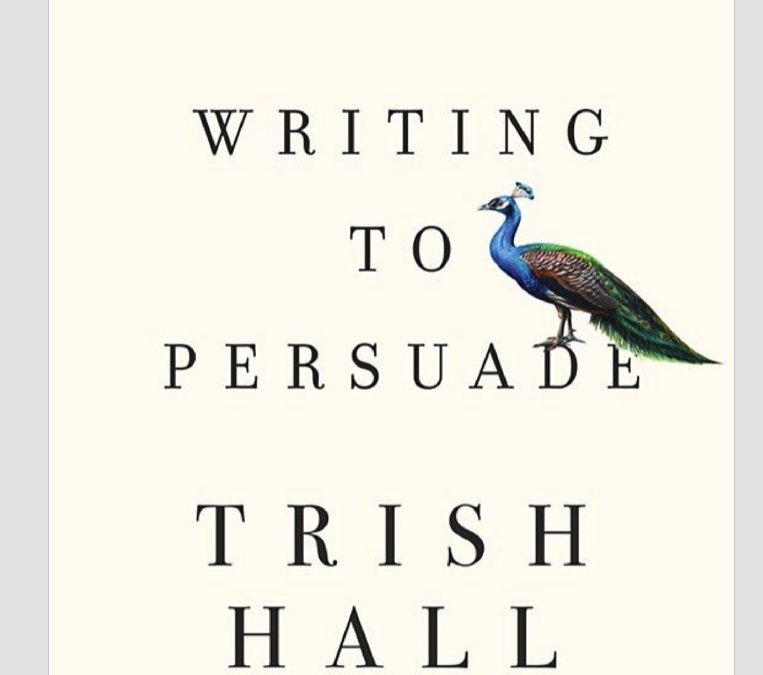Hands down, the best communications book I read this summer is Writing to Persuadeby Trish Hall. Many great ideas are lost when op-eds are unclear, wordy or boring. Hall, a former editor of the New York Times Op-Ed page offers her advice on how to write persuasively. Built on her own writing experiences and sharpened by years of reading and editing submissions, Hall explains clearly what works and what doesn’t.
Here are five pointers I gleaned from Hall’s book. These pointers focus on writing. In my next post I will write more specifically about the science of persuasion.
- Think about your audience. Learn what they care about and where they find information they trust. Show that you understand them by highlighting shared values and interests. Respect their time by being concise and readable.
- Be clear about why you are writing. What do you want your readers to think/feel/do as a result of reading your work? Establish your professional expertise to build credibility, but also use your personal experience to add emotion. Change comes from the heart not the head.
- Be specific. Large-scale visions—like healthcare for all and denuclearization—are critically important. But these concepts are too big and broad for people to process as they skim your op-ed on cell phones on a crowded subway. Focus on one or two ideas and make each point vivid and concrete. This is much more compelling than using generalities and making sweeping statements.
- Don’t use jargon, even when writing for an audience of professionals. Simple, direct language enables you to connect better with readers. It feels more honest and authentic.
- Tell stories. Look for suspense—what is the dilemma and how will it be resolved? Show transformation—how does the character change from the beginning to the end of the story? Make sure the end message focuses on your takeaway.


Recent Comments